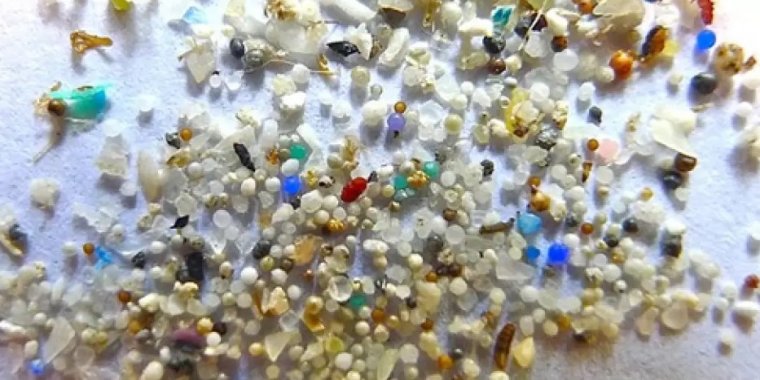| News / Science News |
Microplastics' shape determines how far they travel in the atmosphere
Just like the land and the ocean, the atmosphere is marred by a variety of pollutants. In recent years, a new form has been identified: micron-size microplastic debris that can be carried by the jet stream across oceans and continents.

Microplastics pose an increasing concern in oceans, on land and in the atmosphere. Credit: OSU
The debris' shape, scientists have found, plays a crucial role in how far it travels.
Cornell University researchers have developed a model to simulate the atmospheric transport of microplastic fibers and shows that flat fibers, which are more prevalent, travel farther in the lower atmosphere than spherical fibers.
The modeling has the potential to help scientists determine the sources of this pervasive waste, which could inform policy efforts to reduce it.
By treating flat fibers as spherical or cylindrical, prior studies had overestimated their rate of accumulation. Factoring in the fibers' flat shape means they spend 450% more time in the atmosphere than previously calculated and therefore travel longer distances.
In addition, the modeling suggests that the ocean may play a larger role in transmitting microplastics in aerosols directly to the atmosphere than previously known, according to Qi Li, senior author of the paper.
"We can now more accurately attribute the sources of microplastic particles that will eventually be transported to the air," Li said.
"If you know where they're coming from, then you can come up with a better management plan and policies or regulations to reduce plastic waste. This could also have implications for any heavy particles that are transported in the lower atmosphere, like dust and pollen." (U.S. National Science Foundation)
YOU MAY ALSO LIKE





